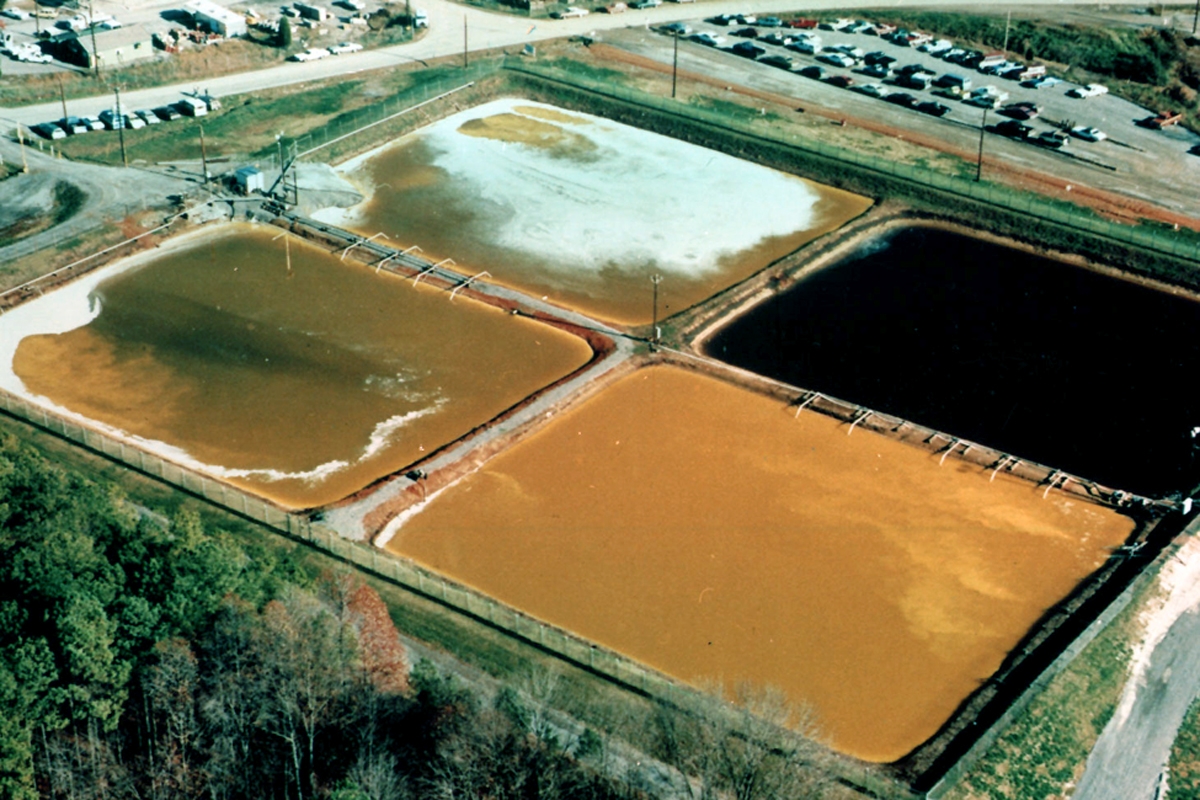A flagship seven-year study led by the University of Oklahoma that explores how environmental stresses influence different ecological processes shaping the composition and structure of microbial communities in groundwater has been published in the journal Nature Microbiology.
Led by Jizhong Zhou, director of the Institute for Environmental Genomics at OU, this research focused on community assembly, which is about dynamic and complex processes that shape the composition and structure of microbial communities. Researchers use this concept to understand how different microbial species come to inhabit an environment, how they interact with each other and the environment, and how these interactions influence the overall functioning of the ecosystem.
“We analyzed more than 200 biogeochemical variables, observing nearly 29,000 groups of similar microorganisms, to theorize the relationships between community assembly processes and environmental stresses,” Zhou said. “We found that stochastic, or random, assembly processes were critical in shaping community structure, but their relative importance decreased as stress increased.”
The team collected groundwater samples from approximately 100 wells at the U.S. Department of Energy’s Oak Ridge Field Research Center, a former nuclear waste disposal site, and conducted comprehensive physical and chemical analyses, along with microbiome analyses.
“When we examined the groundwater at Oak Ridge, we found that it showed a remarkably large gradient of environmental conditions. Some areas were contaminated with extremely high levels of uranium, nitrate and various heavy and radioactive metals,” Zhou said. “The pH in the groundwater varied from approximately 2 to 11, providing an unprecedented opportunity to discern the relationships between community assembly processes and environmental stresses.”
They found that many species were suppressed as stress increased, while those with a higher tolerance turned to thrive. However, under low or no-stress environments, species grew faster, resulting in much higher frequencies of birth, death and migration.
“We found that processes like dispersal limitation, which restricts the spread of microbes, and random birth and death of microbes decreased with stress, while heterogeneous selection, which refers to different environmental conditions favoring different microbes, increased with stress,” Zhou said.
By understanding how microbial communities assemble, thrive or die in response to environmental stress, experts can develop strategies to rehabilitate contaminated sites, especially groundwater environments, by manipulating conditions to favor beneficial microbial communities.
“Bioremediation relies on microorganisms to degrade or transform pollutants, and understanding community assembly can optimize these processes,” Zhou said. “Our research contributes to a deeper understanding of microbial ecology, particularly the balance between stochastic and deterministic processes in community assembly, and has broad implications for ecosystem restoration, environmental monitoring and even microbial ecology education,” Zhou said.
Read more about this research in the article, “Environmental stress mediates groundwater microbial community assembly," in the journal Nature Microbiology, DOI no. 10.1038/s41564-023-01573-x, and learn more about OU’s Institute for Environmental Genomics.


